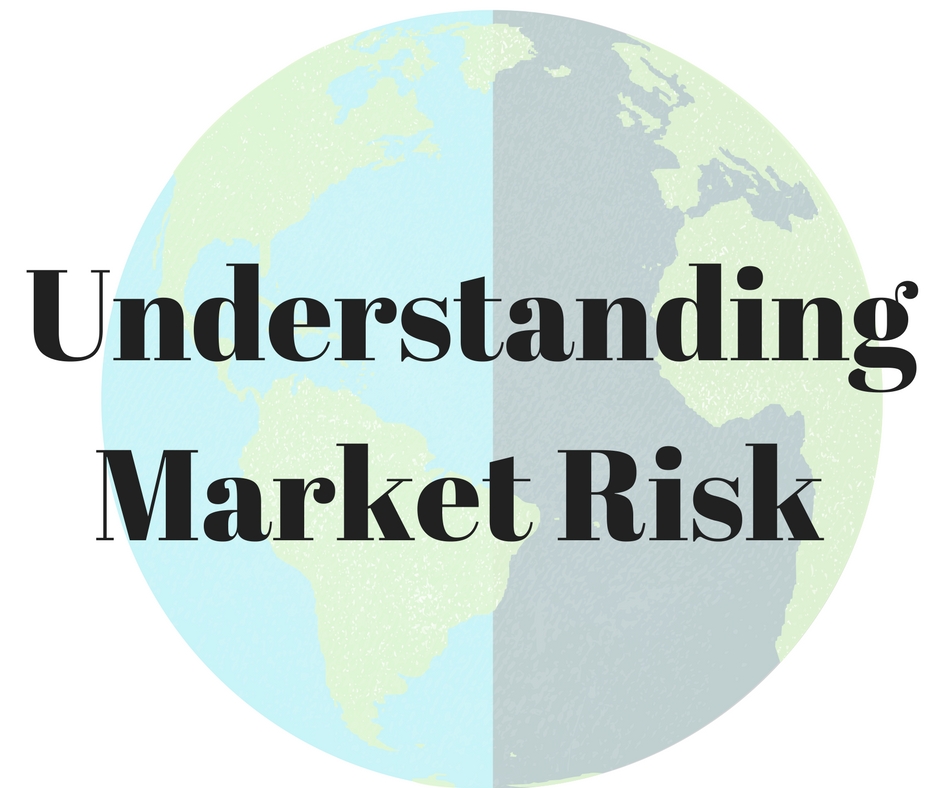Understanding Market Risk
- 2 May 2017 | 1247 Views | By Mint2Save

When it comes to investing, do not keep all your eggs in the same basket.
Market risk, a subset of financial risk, is the possibility of risk of losses caused by macroeconomic factors that affect the overall performance of the financial markets and its risky assets.
It is the risk which decreases the value of investment due to the moves in the market factors. The market risk is also called as systematic risk or non-diversifiable risk that cannot be removed through diversification, though it can be hedge against.
Market risk is major for the banks present in investment banking. Such investment banks are Morgan Stanley, JPMorgan, Goldman Sachs, Bank of America, and other investment banks. The sources of market risk comprise recessions, political chaos, natural disasters, interest rate changes and terrorist attacks that impact the entire market.
Major types of market risks are:
1) Interest risk:
It’s the possible loss which arises due to movements in interest rates i.e. where interest rates go up and down. It includes the Repricing risk, basic risk, yield curve risk and option risk. It is the risk that the value of a security will go down as a result of increase in interest rates.
For instance, changes in the Interest rate directly affect bonds as interest rates increase, the price of a formerly issued bond falls and on the other hand when interest rates falls the bond prices rises. The underlying principle is that a bond is a promise of a future flow of payments and an investor will offer less for a bond that pays at a lower rate than the rates offered in the current market. The contradictory also is true that an investor will offer a premium for a bond that pays out interest at a higher rate than those offered in the current market.
2) Equity Price Risk
Equity price risk is the risk that arises from the volatility in the stock prices i.e. the changes in share prices. It is significant to differentiate between systematic risk and unsystematic risk to know about equity risk. Systematic risk occurs due to general market factors that affects the entire industry. It cannot be diversified away, thus it is also known as non- diversified risk. Unsystematic risk refers particularly to a company that arises due to the company specific characteristics. According to portfolio theory, this risk can be eliminated through diversification. So, it is the possible loss due to a change in the stock price.
3) Foreign Exchange Risk
Foreign exchange risk arises due to the changes in the foreign exchange rates. It is a potential loss occurs due to change in value of the bank assets or liabilities ensuing from exchange rate fluctuations. Banks manage the foreign exchange for their customers.
Any adverse changes can diminish the value of the foreign currency and cause a loss to the bank. For instance, if money needs to be converted to a different currency to buy or sell an investment then in such case, any change in the exchange rates between that currency and U.S. dollars can raise or reduce your investment return. Usually this risk will only impacts you when you invest in stocks or bonds that is issued by companies based outside the United States or funds that invest in international securities.
4) Commodity Price Risk
Commodity Price Risk arises due to the risk of unforeseen changes in a commodity price, for example as the price of oil. These commodities may be metal, grains, iron. Copper,natural gas, shale gas, electricity etc that fluctuates due to changes in demand and supply.
Commodity price risk affects several sectors of people: that might be buyers such as commercial traders, cooperatives etc., producers such as the Plantation companies, farmers and mining companies, governments and exporters. Any bank which holds them as piece of an investment would bare commodity risk.
How can you manage risk?
- a) As in the situation of business risks, market risks can be alleviate to a some extent through diversification not just at the product or sector level, but also in terms of domestic and foreign level and length of holdings i.e. short and long term. You can widen your worldwide risk by diversifying your investment over different countries or regions.
- b) Secondly, learn and stay abreast of global economic trends and its developments. For example, if you are thinking for investing in foreign securities, first have as much as knowledge about the market history and instability, social and political stability, market and regulatory structure, Trading practices, arbitration and mediation forums, and restrictions on international investing.
Thus it is said that successful investing is about managing risk but not avoiding it.










